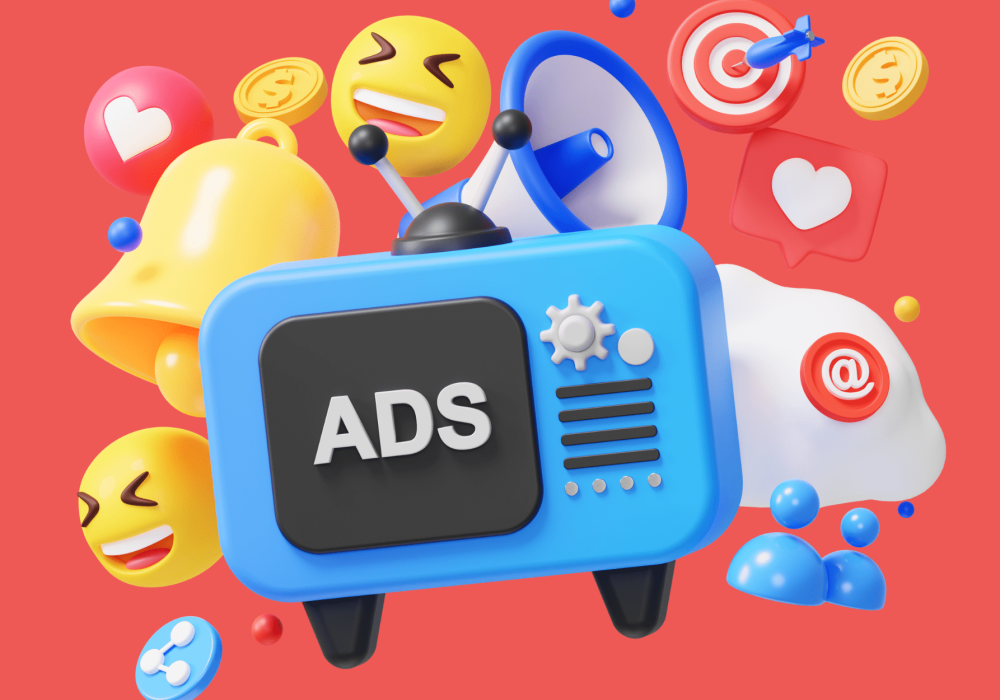Table of Contents
Toggle10 Common Google Ads Mistakes and How to Avoid Them
- Ignoring Negative Keywords
- Writing Generic Ad Copy
- Overlooking Ad Extensions
- Relying Too Much on Broad Match Keywords
- Neglecting Mobile Optimization
- ‘Set It and Forget It’ Mentality
- Improper Conversion Tracking
- Ignoring Quality Score Improvements
- Underutilizing Audience Targeting
- Overlooking Landing Page Optimization
- Conclusion
Sometimes running a successful Google Ads campaign is the difference between two companies, as it brings high-quality traffic, leads, and conversions. However, many advertisers fall into common traps that waste budget and limit the effectiveness of Google Ads campaigns. Understanding these mistakes and learning how to avoid them can help you maximize your ad spend and achieve the best results. Here, we cover the top 10 google ads mistakes along with actionable solutions to help you make the most of your efforts.
1. Ignoring Negative Keywords
Negative keywords are a crucial tool in refining the targeting of your ads, but one that is far too often ignored by advertisers. Without using negative keywords, your ads can get shown for searches you would have never anticipated being shown against, with resultant unwanted clicks and inflated costs. To Avoid: Review your search terms on a regular basis to input irrelevant keywords as negatives and avoid unqualified clicks. With just this one change, your ad will become very much more relevant and improve ROI.
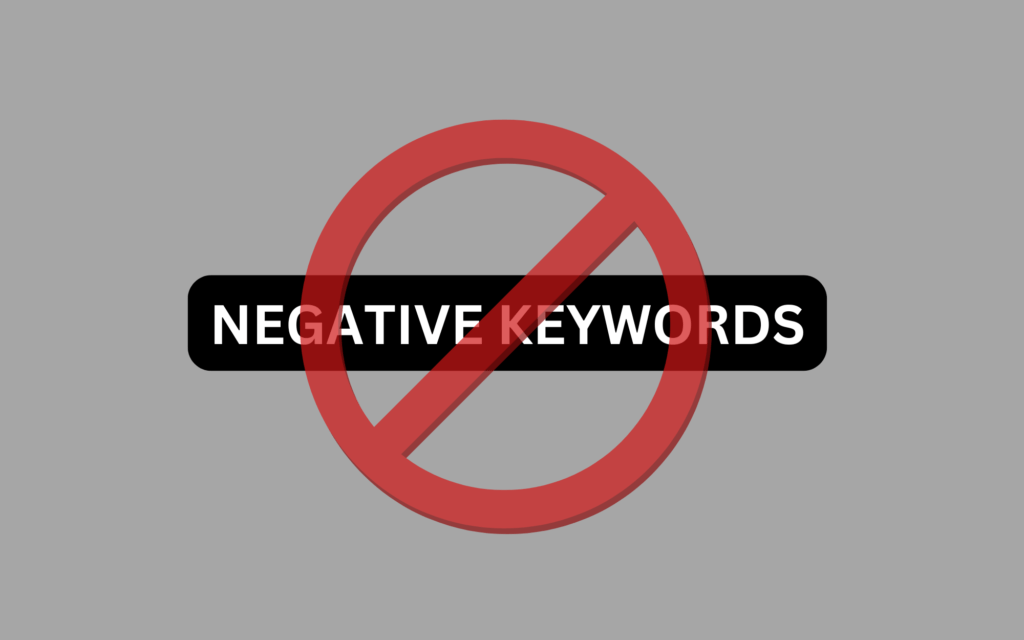
2. Writing Generic Ad Copy
Bland or generic ad copy usually does not capture attention, leads to low click-through rates, and thereby weakens the strength of your campaign. A good ad copy, on the other hand, is focused, interesting, and centers around a unique value for some product or service to be given to potential customers. To avoid this pitfall, create engaging and attention-grabbing copy that clearly states key benefits and includes a robust CTA. That would be fantastic, running two or more variants of the same ad copy and then learn which actually works better with your target audience. Keep it really short but impactful while emphasizing the specific qualities that make your offering stand out in the market.

3. Overlooking Ad Extensions
Ad extensions, including such items as sitelinks, callouts, and location information, are highly relevant for increasing ad visibility and driving up click-through rates but unfortunately, are overlooked by many advertisers. Such ad extensions add a degree of detail in increasing the informativeness of ads in terms of attracting potential customers. Make use of relevant ad extensions that provide context and value to your message, thus helping users understand your offerings better. This approach not only makes an ad more attractive but also ups the chances of having more qualified clicks and driving the engagement.
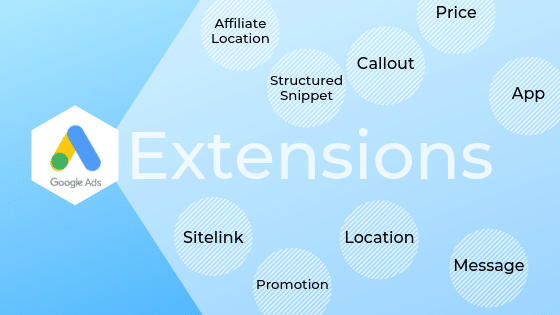
4. Relying Too Much on Broad Match Keywords
Relying too heavily on broad match keywords may attract irrelevant traffic, thereby increasing costs and reducing return on investment. Broad match keywords are flexible but lack precision, causing ads to appear for searches that do not fit your goals. For improved targeting, use a mix of phrase and exact match keywords, which offer more control and relevancy. Apply broad match modifiers to catch qualified traffic with some leeway, but still getting your ads in front of a more interested and relevant audience.
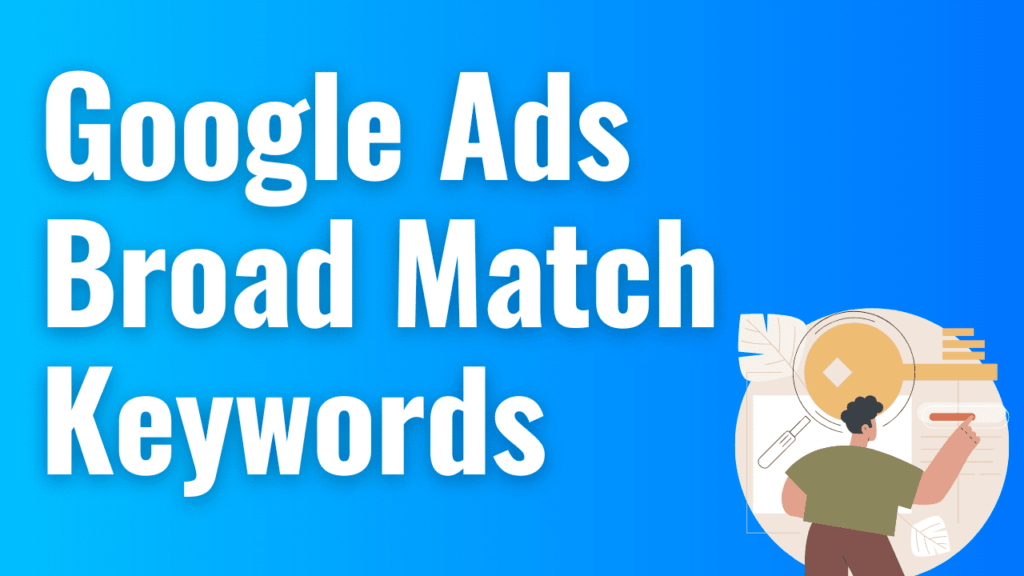
5. Neglecting Mobile Optimization
With searches now increasingly originating from mobiles, non-mobile optimized ads may not reach a considerable number of possible customers. Finally, advertisements that lack the magnifying glass of mobile optimization might result in low engagement and conversion rates. Averting such chances calls for specific bid adjustments optimized for mobile, ad formats designed to be maximally compatible with smaller screens, responsive landing pages that are easy to use on any mobile device. These all enhance the mobile experience: a user can more easily interact with an ad of yours to eventually convert better.

6. ‘Set It and Forget It’ Mentality
A Google Ads campaign must be checked constantly and adjusted regularly to keep such a campaign effective. If this review is not conducted, it is common for budgets to be wasted and for opportunities to be missed. Therefore, devise a planned schedule to check your campaigns; this should include checking according to bid strategies, keyword performance analysis, and testing of new ad variations as a means of updating and perfecting them so that your campaigns are efficient and targeted. Achieving the highest value for your ad spend by gaining better results and maximizing ROI requires staying proactive.

7. Improper Conversion Tracking
In the absence of conversion tracking, it may be difficult for you to realize which action or clicks are worth it. You might not optimize your Google Ads campaigns since you do not see what actions or clicks yield valuable results, that means inefficient spending. Set up conversion tracking in your Google Ads account and track key actions such as form submissions, purchases, or calls. It will give you necessary data as to exactly how right tracking is such that you make data-driven changes so that ROI and campaign performance are improved.

8. Ignoring Quality Score Improvements
Low Quality Score in Google Ads: This can make the cost per click rise, hence limiting the visibility of the ad, and thus reducing the campaign scope. Quality Scores depend on ad relevance, CTR, and landing page experience. To improve your Quality Score, you need to develop ads highly relevant to the campaign and improve CTR with copy that appeals, align the landing page copy to match the content of the ad. Hence, better Quality Score improves ad position besides saving you money and allowing every dollar to count for budgeting.
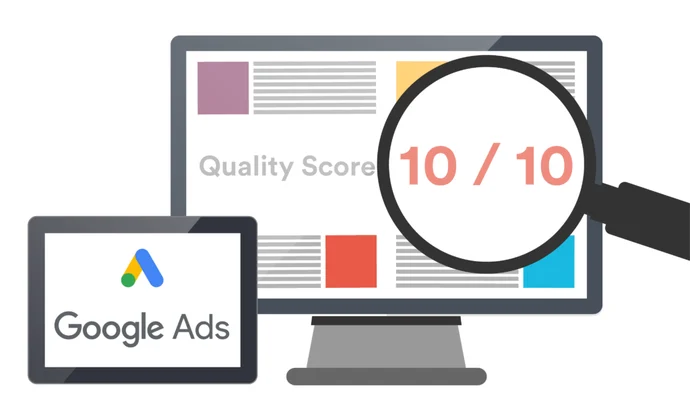
9. Underutilizing Audience Targeting
Google Ads is a powerful feature with targeting audiences to reach high-intent customers, though most advertisers focus on keyword targeting, and that is a great opportunity they bypass. Further amplify ad performance by incorporating audience targeting options such as demographics, in-market, or remarketing targeting to address a much higher-quality audience. Combining audience targeting with keywords creates a more targeted approach that reaches users who are more likely to convert, which, in turn, leads to better campaign results and better ad efficiency overall.

10. Overlooking Landing Page Optimization
Even the best ad copy won’t be good enough if your landing page is not optimized. That means lost conversions. Slow loading times, poor mobile responsiveness, or mismatched messaging can scare visitors off before they even interact with your content. Avoid this by making sure your landing page loads quickly and is mobile-friendly with a clear call to action. So make sure the page message is aligned with ad messaging so the consumer will experience a seamless and user-friendly journey that encourages them to take the desired action.

Conclusion
Avoid common mistakes to maximize the efficiency of your Google Ads ad campaigns. Review and adjust some of the essentials, like your ad copy, targeting, and bidding strategy, often so you are able to get the most out of your ad spend. Data-driven decisions and optimizing in real-time reduce the cost, enhance the accuracy of targeting, and increase the return on investment. A good Google Ads strategy will only be realized if taking time to assess and refine the strategy results in better results and greater campaign success.

